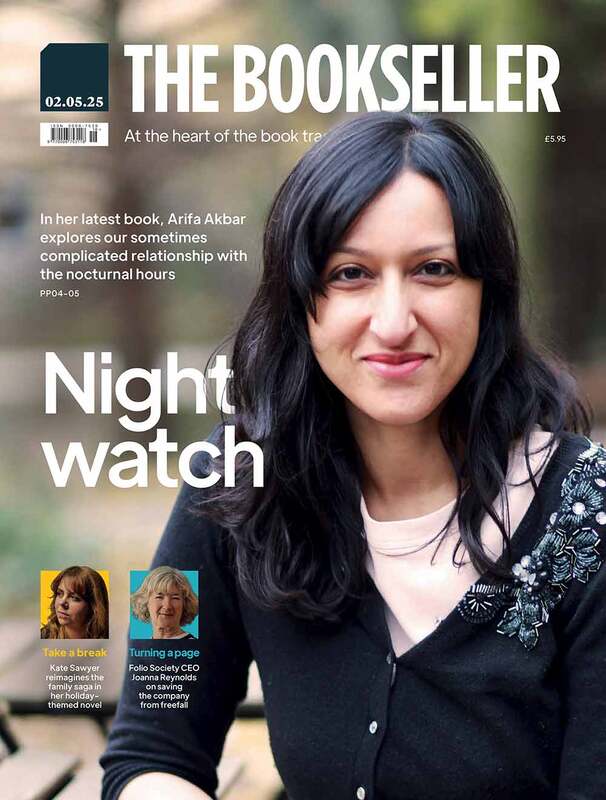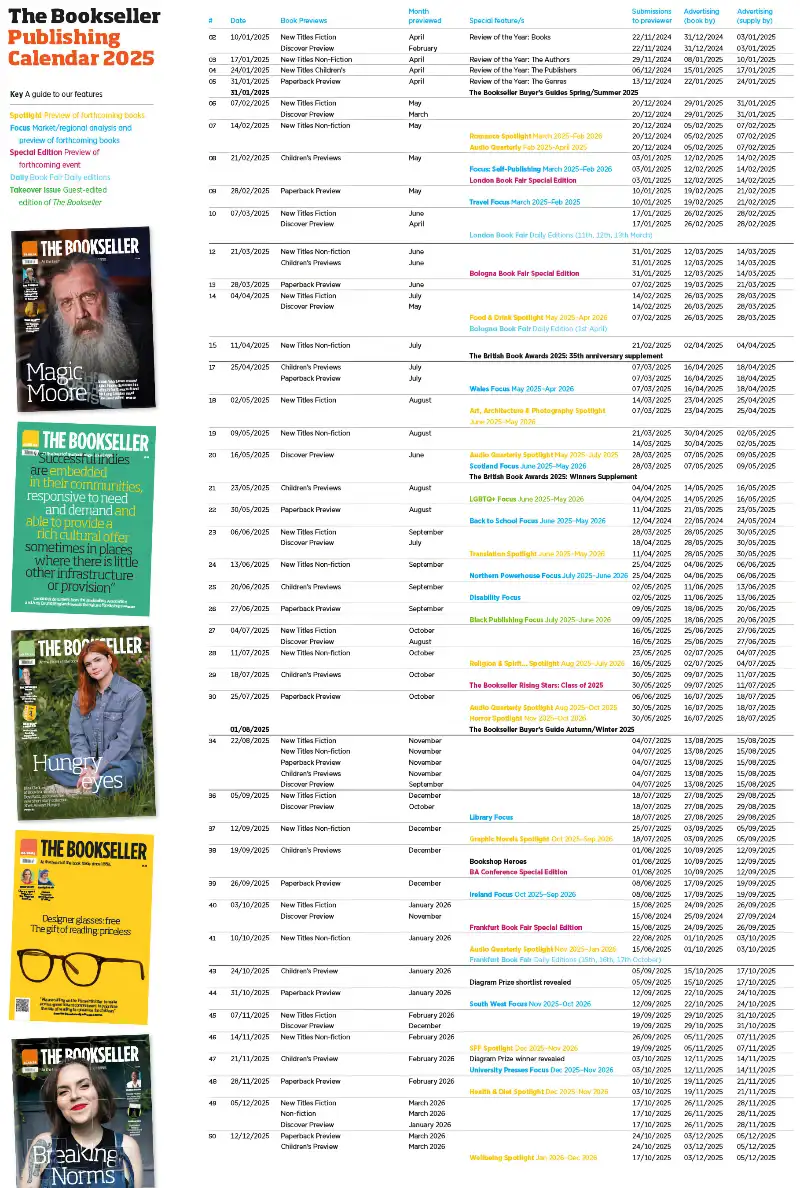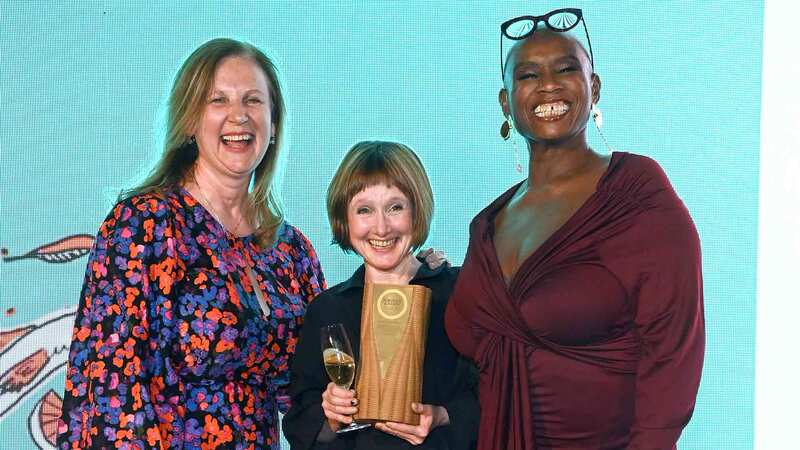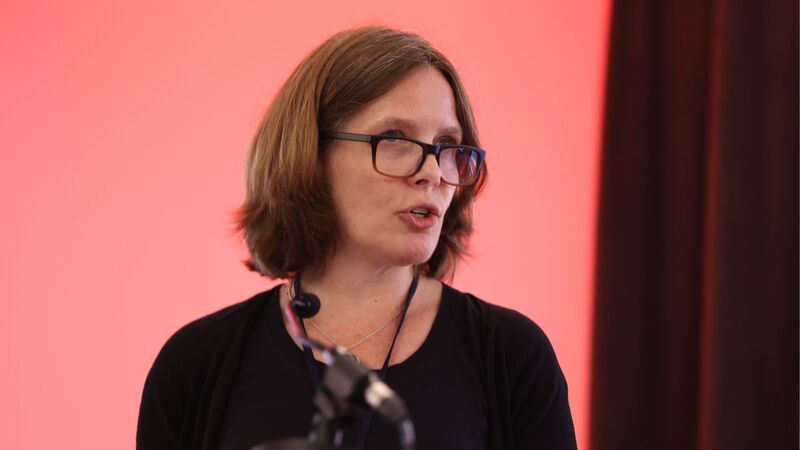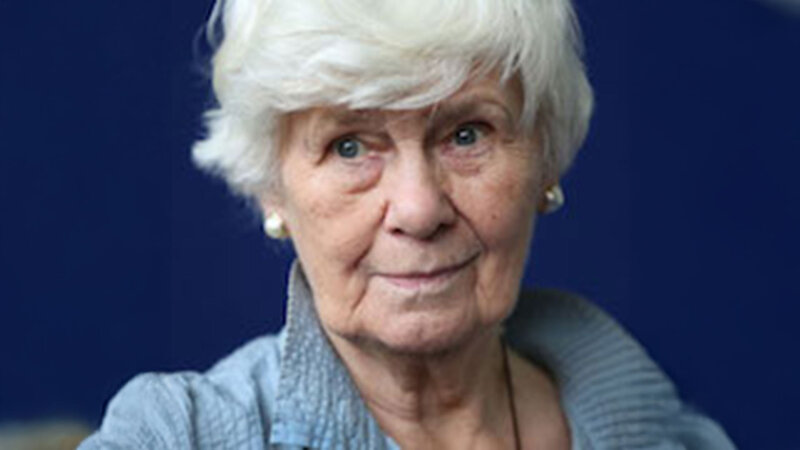You are viewing your 1 free article this month. Login to read more articles.
Hachette publishes Ethnicity Pay Gap report
Hachette has published an Ethnicity Pay Gap report, one of only a handful of UK companies to do so.
The report looks at the difference between the average earnings of all Black, Asian and other Minority Ethnic employees against the average of all white employees at the company.
The figures released are from April 2018, when BAME employees at the Hachette Group (the whole company, including Hachette UK distribution) earned a median* of 6.9% more than white employees, but a mean of 9.8% less. At HUK Ltd, the legal entity for which the gender pay gap is reported, which largely consists of London-based publishing staff, BAME employees earned a median of 2% more than white employees, but a mean of 18.7% less.
The Ethnicity Pay Gap report follows the latest Gender Pay Gap report, which saw HUK report a 20.1% median gap in favour of men, while Hachette Group’s figure stood at 0.6% in favour of women.
The publisher stressed that the Ethnicity Pay Gap figures are based on small numbers: just over 10% of the 831 employees at Hachette UK are from BAME backgrounds, and just under 8% of Hachette Group’s 1,650 staffers (so around 83 and 127 individuals respectively), meaning that the statistics this year represent a starting-point but they should be treated with caution.
HR director Melanie Tansey said: “The beginning of the journey of change is to be honest about where you are now. What the statistics reveal is that BAME representation is a lot lower than we want it to be, across all parts of the company. The pay gap isn’t as stark as it is with the gender pay gap—that can be surprising initially when you see the figures. But when you are taking an average of relatively small numbers, the result can be counterintuitive—that’s the real headline of what these figures tell us.” In a small sample, one person earning a lot or a little can markedly skew the figures, particularly in the mean calculation.

“What we want to focus on is upping the numbers, having a higher proportion of BAME employees,” Tansey said.
The BAME population UK-wide is 14% as per the 2011 Census; the Publishers Association Survey of 2018 put BAME staff at 11.6% of the publishing industry. Hachette’s target is for BAME representation at 15% of the total group workforce within five years.
Analysis of the figures showed that BAME staff at Hachette are concentrated on central company functions such as IT and finance, so a particular focus is to increase BAME representation specifically in editorial and publishing roles.
In terms of improving BAME representation at the company, Tansey, who joined Hachette at the start of this year from an HR role at ITN, said she planned to make changes to Hachette’s recruitment process “really interrogating how we recruit for all roles and introducing broader recruitment practices”.
She said: “It’s fair to say, my initial assessment of how we recruit for some roles—and this is not just a Hachette issue, it is an industry issue—is that it is very much relationship-based, and those connections and relationships are not as broad as they could be. My background is in TV and before that technology, and recruitment practices in those industries would be on the whole broader.”
The aim is to strive to have at least one BAME candidate on interview shortlists for all job vacancies. The number of trainees on Hachette’s Fresh Chapters programme will also be increased. In terms of developing careers, there are currently no members of the Hachette UK board who are from a BAME background. However, Hachette plans to establish a “Mirror Board” career development programme for high potential BAME staff to work alongside the main HUK board on key business challenges.
Meanwhile c.e.o. David Shelley will chair workshops to give all staff the opportunity to contribute ideas and actions. In a note to staff announcing the report, Shelley wrote: “As with the gender pay gap, I am extremely conscious about writing this as a white man— and I am very conscious of what I and others in HUK management do not know about lived experience of all the issues here. I am also very conscious that ‘BAME’ is a catch-all term that doesn’t account for individual experiences. So, we have worked closely with Changing the Story and THRIVE [a Hachette UK BAME employee network] on this report and action plan. But I am also keen to talk to absolutely anyone in the company about the results, and to listen to your thoughts on how we move towards a more representative workforce that is able to realise our mission: to make it easy for all people everywhere to access new worlds of learning, entertainment and opportunity.”
Saskia Bewley, Hachette’s diversity and inclusion manager, explained: “There’s a cultural piece [to the jigsaw of what we are doing], ensuring that when we have BAME colleagues we understand what their experiences are; the BAME umbrella incorporates many different identities and we hope to develop more intersectional approaches so we can understand what sort of experiences people are having within the company and how to support our colleagues.”
Held to account
The act of publishing the Ethnicity Pay Gap report at all is significant. Bewley said the company is “striving to be more transparent and take an evidence-based approach to all our diversity and inclusion initiatives”.
She said: “For us it’s very much a moral and cultural imperative and we very much feel this will impact our publishing, in a very organic, creative and empathic way it will impact on the books that we acquire, the relationships with our authors, our readers and our wider community. This is just one way that we are doing it—it’s a very open way and it holds us to account.”
“As a general principle we aim to be the publisher of choice for everyone,” points out Tansey. “We were the first publisher to publish our gender pay gap, the only publisher so far to do it in a very transparent way, and we are the first publisher to publish our ethnicity pay gap, it’s making a statement that we believe in openness and transparency about who we are.” There is “more to come” in this area, she promises, perhaps connecting data on other personal characteristics such as social class and disability: but it is “complex” and requires “a lot of thought and debate on exactly what we are asking staff to disclose”.
As regards the Ethnicity Pay Gap, Tansey added she “would hope” others in the industry would follow suit. “We really believe that meaningful progress and change start with openness and transparency, and that’s why we’ve taken the decision to publish our ethnicity pay gap. Collectively as an industry it is in all of our interests that our workforces in publishing represent all of British society, so I hope this is seen as a positive step and that others will do the same,” she said.
From left: Hachette’s diversity and inclusion manager Saskia Bewley with Victoria Cheung and Ruth D’Rozario, co-chairs of Thrive, a Hachette UK BAME employee network
Comment on the ethnicity gap report...
Hachette c.e.o. David Shelley in a note to staff announcing the report
“Reading this data, it will be clear to you all how far we have to go. But I believe that it is only by gathering and publicly reporting on this, together with formulating our action plan, that we can take vital steps on the road to becoming a truly representative company.”
Sharmaine Lovegrove, publisher of Dialogue Books, and Nick Davies, m.d. of John Murray Press (co-chairs of Changing the Story)
“We’re so pleased that the Ethnicity Pay Gap has been published. It really shows the commitment of Hachette UK and our agenda towards inclusivity as the core driver of Changing the Story. The figures reflect that we have a very long way to go to be representative of our society across all areas of our publishing and the action plan proves our determination to get there. We very much look forward to working with the board to create meaningful, long-term change.”
The THRIVE network (Hachette UK’s BAME employee network)
“We hope that releasing such powerful data becomes industry practice and leads to meaningful, visible change. We look forward to working with HR and the board on the action plan, with the understanding that representation is only part of the story. Progressing more people from BAME backgrounds to leadership and gatekeeping roles is vital so that our publishing stays relevant, reflects the society we live in, and allows different voices to be heard.”

*The median average refers to the mid-point of all employees’ salaries from the highest to lowest paid; the mean is calculated by dividing the total wages of a company by its staff numbers.

